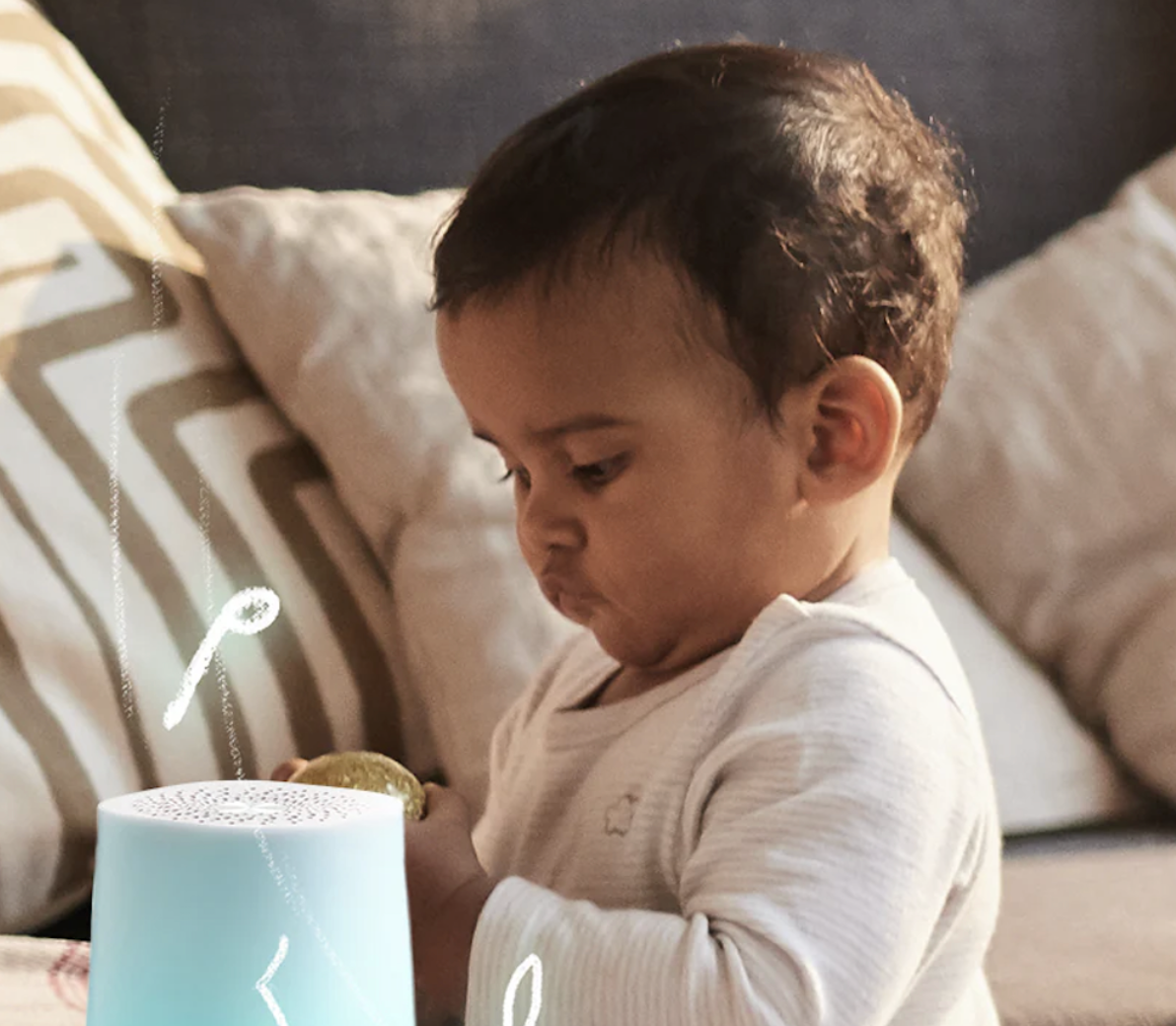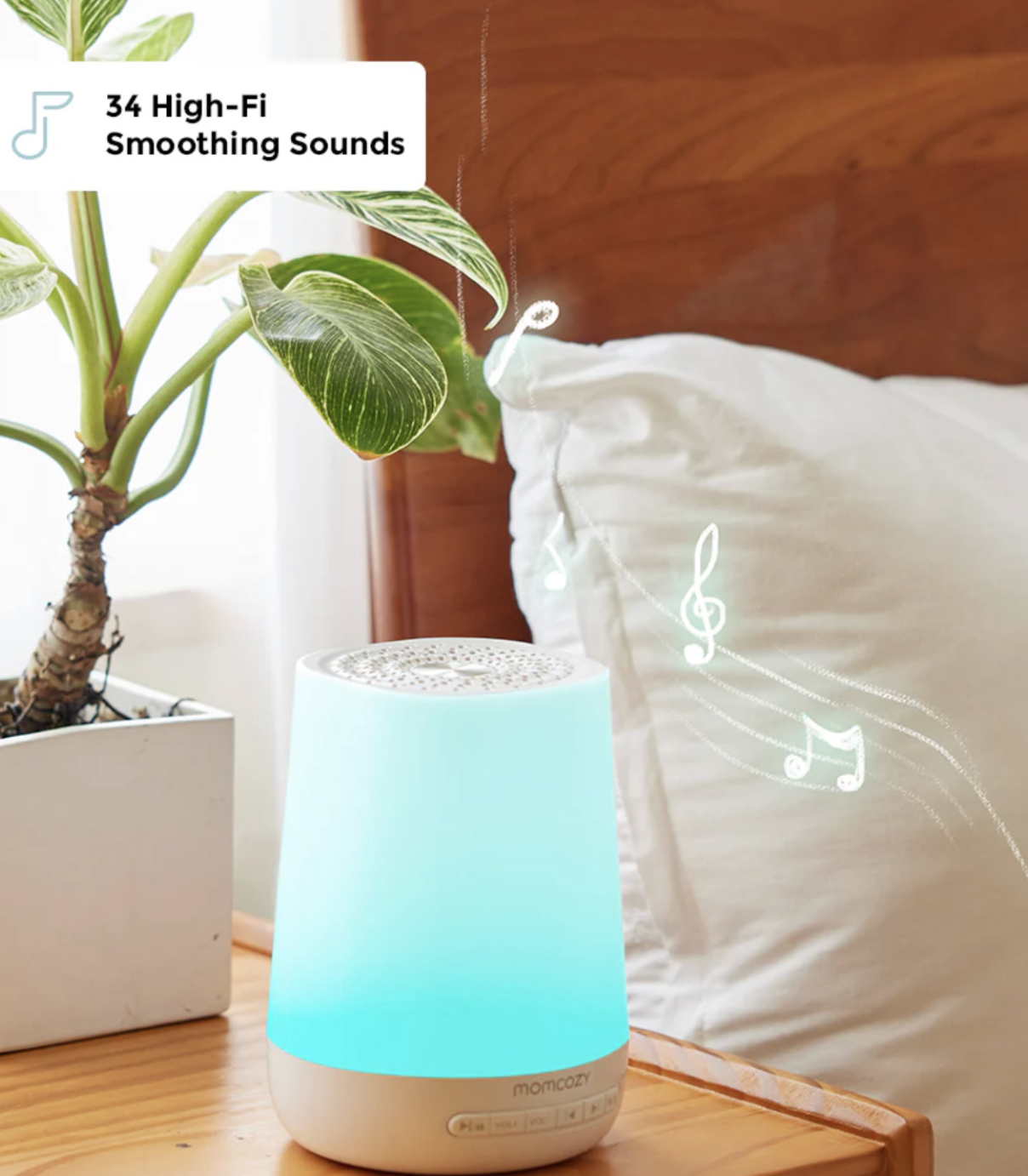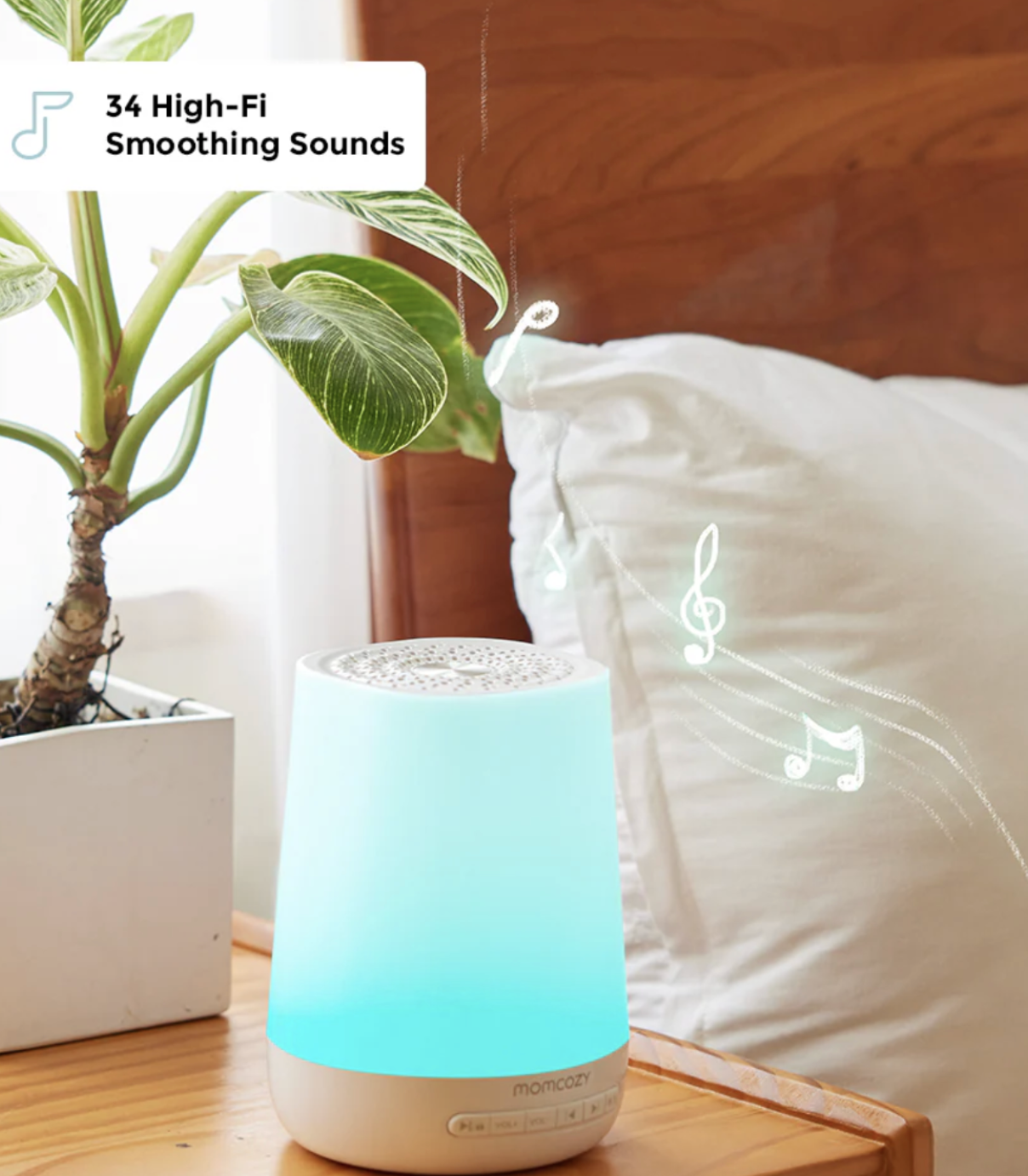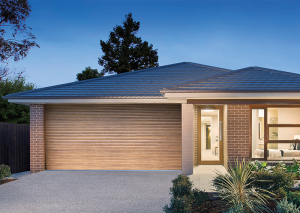Raising Kids in a Noisy World: How to Create Calm at Home

Introduction
If your home sometimes feels like it’s vibrating with its own brand of chaos—buzzing appliances, pinging phones, the steady hum of traffic—you’re definitely not imagining it. We’re raising kids in what can only be described as the “Noise Age,” where background sound rarely fades and true quiet feels almost extinct. That constant stimulation wears on everyone’s nerves, especially little ones who are still learning to self-regulate.
For my family, finding calm started with small, deliberate choices—like adding a baby sound machine and rethinking how we set up our spaces. Those small shifts helped our days (and nights) feel less frantic. In this guide, we’ll explore how to cut down the noise, nurture your child’s sense of calm, and create moments of peace—even when life refuses to slow down.
Common struggles I hear from parents all the time:
- “My child is overstimulated and melting down before dinner.”
- “Naps are short, and bedtime feels like a daily battle.”
- “Our home always feels loud, even when we’re trying to relax.”
Sound familiar? Let’s fix that.
The Modern Noise Epidemic
Sources of Everyday Noise
Noise comes from everywhere these days:
- Environmental: traffic, construction, sirens, HVAC systems, leaf blowers.
- Digital: streaming shows, game consoles, phone alerts, wearable notifications.
- Social: playdates, classrooms, open-concept homes where sound bounces freely.
The Effects of Overstimulation on Children
Constant input can overwhelm developing nervous systems, leading to:
- Heightened irritability and difficulty self-regulating.
- Fragmented sleep and poor nap quality.
- Trouble focusing and processing sensory information in noisy settings.
The Parents’ Experience
When our kids are overstimulated, we feel it too—our patience thins, our stress spikes, and suddenly home doesn’t feel restful anymore. The good news? The cycle can be reversed. With a few intentional adjustments, it’s possible to create genuine calm, even in a noisy world.
Why Calm Environments Matter for Families
Emotional Regulation and Brain Development
Children thrive on predictability. A quiet, uncluttered space helps their brains regulate stress hormones, giving them room to build emotional balance and resilience.
Sleep and Recovery
Sleep is the body’s nightly reset button. Consistent cues—dim lights, a soothing bedtime routine, and a baby sound machine—tell the brain it’s time to unwind. The result? Deeper sleep, easier transitions, and fewer wake-ups.
Building Secure Attachments
A peaceful home doesn’t just help kids sleep—it strengthens bonds. When their environment feels safe and stable, kids are freer to explore, connect, and communicate openly.
Designing Calm Spaces at Home
The Role of Environmental Design
The spaces we live in can either amplify stress or absorb it. A few small tweaks can make a big difference:
- Lighting: Use warm, dimmable lights at night; avoid harsh overhead glare.
- Color & Texture: Stick to soft neutrals, gentle fabrics, and natural textures.
- Clutter: Clear surfaces and use labeled baskets—it’s visual peace you can feel.
Soundscaping for Serenity
Think of sound as part of your home’s atmosphere—something you can design intentionally.
- White or pink noise helps smooth out unpredictable spikes in household or street sounds.
- A baby sound machine at nap or bedtime creates a consistent sound field that supports uninterrupted sleep.
Room-by-Room Calm Strategies
| Space | Simple Tweaks | Sound Tips |
| Nursery | Blackout shades, breathable bedding, cool room temperature | Place a baby sound machine across the room (never in the crib) at a gentle, steady volume |
| Living Area | Create a quiet corner with books or soft seating | Turn off background screens; add low ambient sound if street noise is intrusive |
| Shared Bedroom | Simplify décor, store toys under beds | Gentle pink noise helps siblings with different sleep schedules |
| Kitchen/Entry | Add hooks, bins, and low clutter zones | Silence notifications during meals and evening wind-downs |
Incorporating Nature and Rhythm
Bring the outside in—plants, sunlight, wood, and fresh air all help reset overstimulated senses. Add rhythm too: predictable routines, outdoor breaks, and family quiet times can all reduce daily stress.
Technology and Calm Parenting
The Paradox of Tech
Technology can both overwhelm and restore. The trick is using it intentionally—scheduling quiet hours, automating light changes, or using sound strategically instead of letting devices dictate the mood.
Smart Sound and Sleep Tools
Modern sound tools can be powerful allies. A baby sound machine can:
- Offer adjustable soundscapes—white, pink, ocean, or rainfall—to mask background noise.
- Pair with soft lighting that reinforces healthy sleep cues.
- Run on timers so sound tapers gently as your child drifts deeper into sleep.
If you’re looking to simplify your setup, the Baby Care Bundle: Smart Baby Sound Machine and Dual-mode Baby Monitor BM04 brings together the essentials—soothing sound for sleep and a reliable monitor for peace of mind. It’s a small way to make the nightly routine smoother for everyone.


Balancing Digital Exposure
Create “tech-free windows” for the whole family—during dinner, before bedtime, or early mornings. Lean toward audio experiences (like music or story podcasts) over screens in the evening. Sound relaxes; screens stimulate.
Supporting Calm Beyond the Home
Quiet Zones in Schools and Childcare
Ask about noise-conscious spaces—soft corners, rugs, or acoustic panels. Even tennis balls on chair legs can help muffle chaos.
Public Spaces for Families
Seek out libraries, nature trails, or cafés with subdued atmospheres. You can even advocate locally for more sound-sensitive spaces in community centers and playgrounds.
Parenting in Community
Share what’s working—routine cues, calming playlists, or bedtime rituals—with other parents and caregivers. Calm is easier to maintain when everyone’s on the same page.
The Science of Calm Parenting
Neurological Benefits of Quiet
When the brain experiences consistent, gentle sound—or even structured silence—it signals safety. This helps both adults and children return to a calm, alert baseline.
Emotional and Behavioral Outcomes
Families that consciously reduce environmental noise often notice big shifts: better moods, longer focus spans, smoother transitions, and fewer meltdowns.
Intergenerational Wellness
Calm environments don’t just help in the moment—they set a pattern. Kids who grow up in peaceful homes tend to mirror that regulation as they grow older, carrying that steadiness into their own families someday.
Practical Tips for Busy Parents
Daily Calm Practices
- Morning reset: Start with two slow breaths together before the day begins.
- Transition cues: Use the same soft sound during cleanup or before naps.
- Quiet windows: Carve out 20 minutes daily for calm play—drawing, reading, or building quietly.
Tools and Techniques
- Keep your baby’s sound machine as part of your nightly ritual—low volume, consistent tone, placed safely across the room.
- Combine soft lighting with a subtle scent (baby-safe if approved by your pediatrician).
- Teach simple breathing patterns—like “box breaths”—to older kids when tensions rise.
Cultivating Consistency
Create family “noise norms”: quiet voices after bath time, no devices at meals, music off during bedtime routines.
Give five-minute transition warnings before changing activities—it’s amazing how much smoother evenings go.
A Gentle Brand Note
As parents ourselves, we designed our sound and monitoring tools—like the Smart Baby Sound Machine and Dual-mode Baby Monitor BM04—to follow the same principles we live by: safe sound levels, stable rhythms, and soft, ambient lighting that promotes calm rather than stimulation. They’re simply meant to support the kind of intentional, connected routines that make family life flow a little more easily.
Conclusion
Calm doesn’t mean total silence—it’s about being intentional with the sounds and rhythms that shape your day. By cutting down clutter, adjusting lighting, and using thoughtful tools like a baby sound machine, you can create the predictability and peace kids crave. You don’t need to transform your entire house overnight. Start small: one cozy corner, one quiet bedtime sound, one predictable rhythm.
In the Noise Age, these simple acts of calm are what help a family feel grounded, connected, and finally—at ease.



